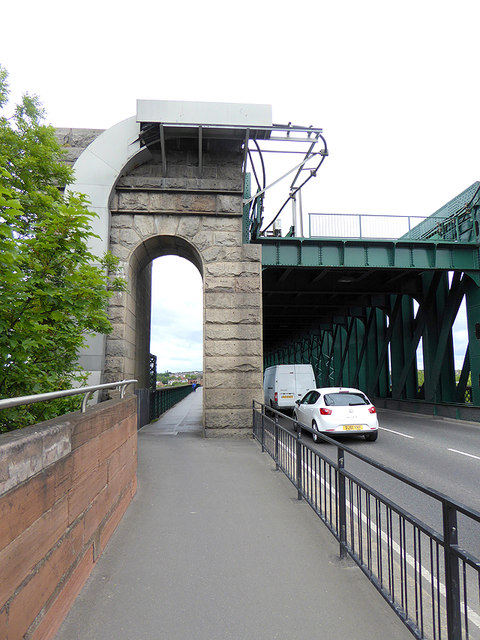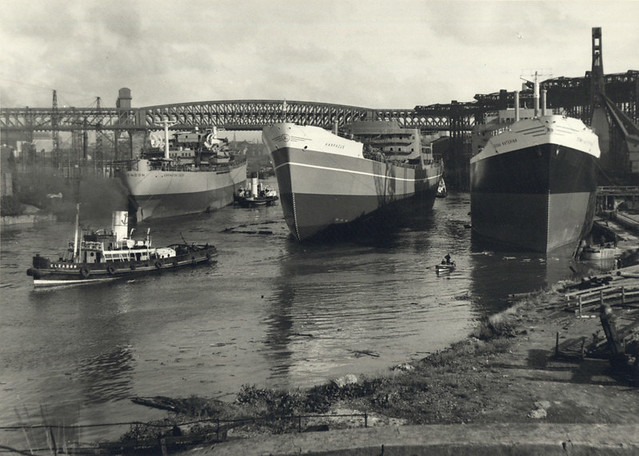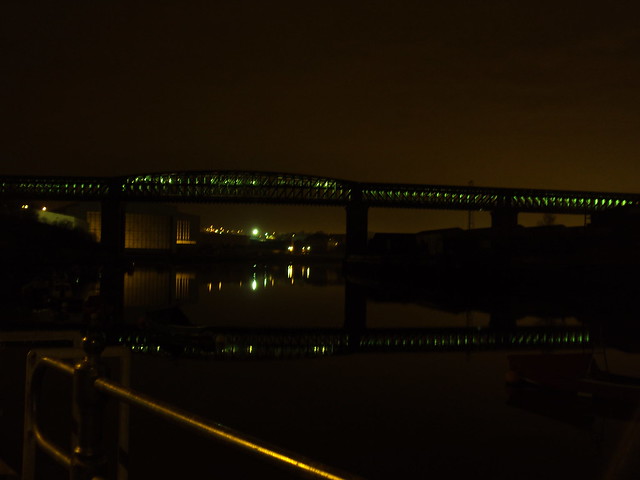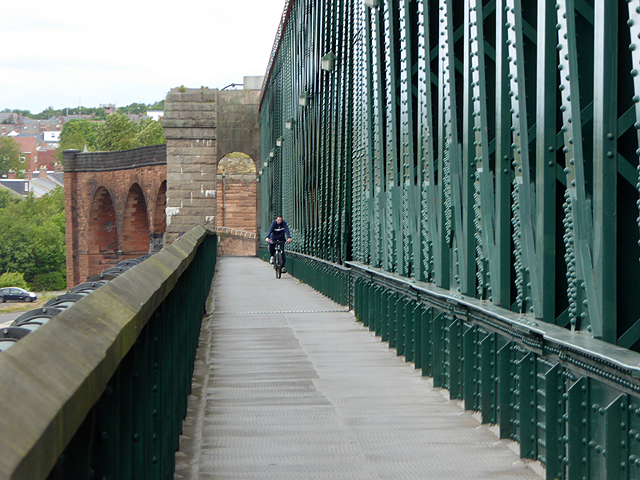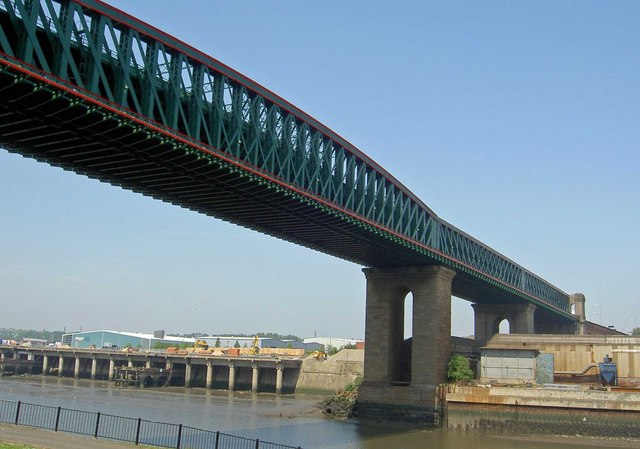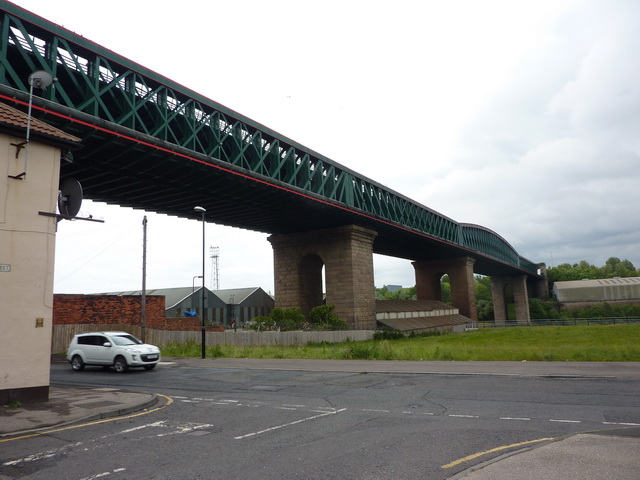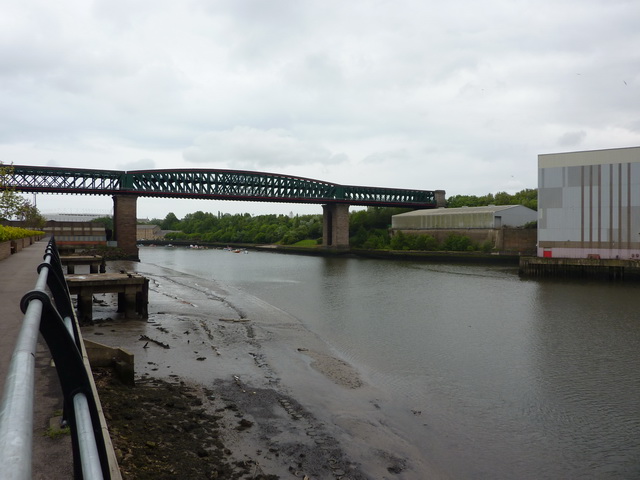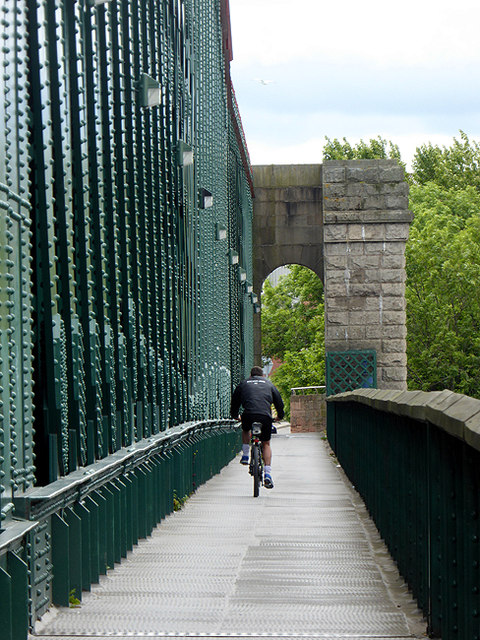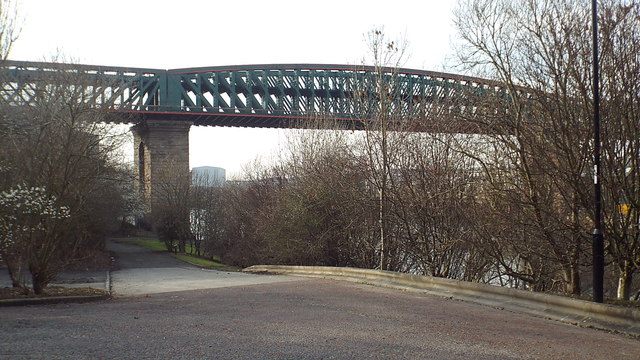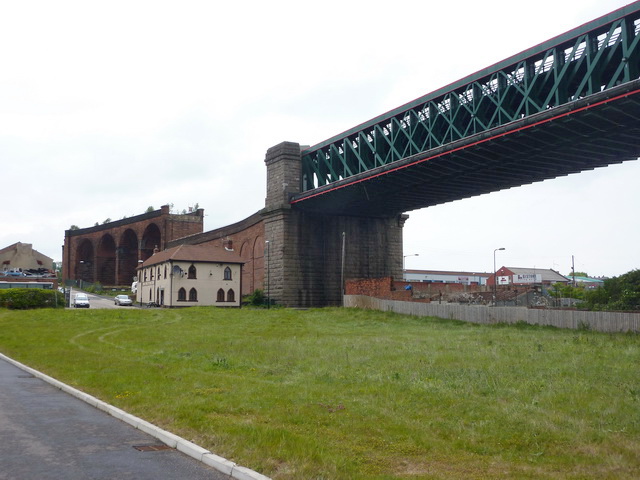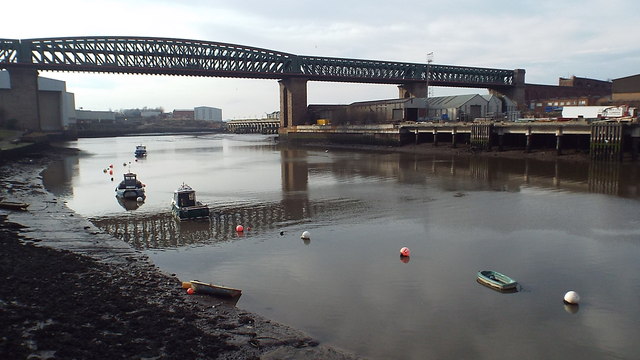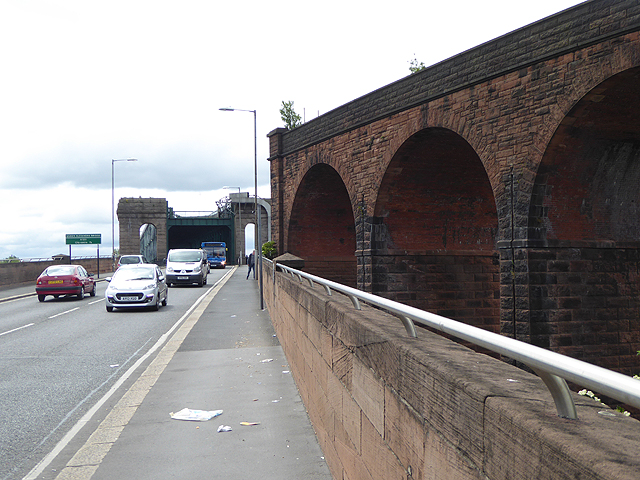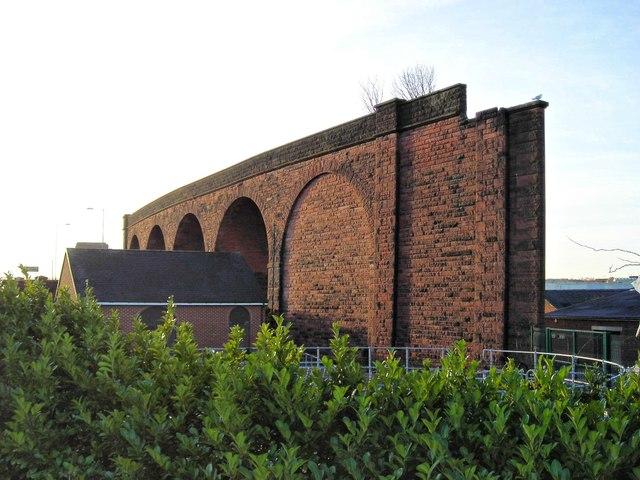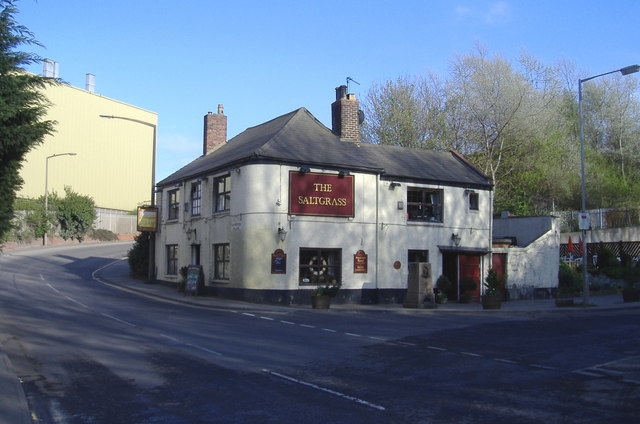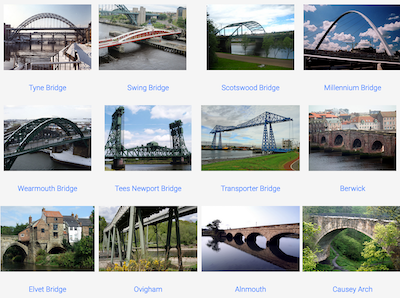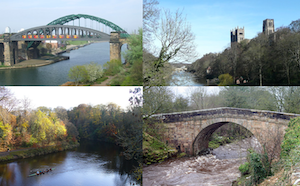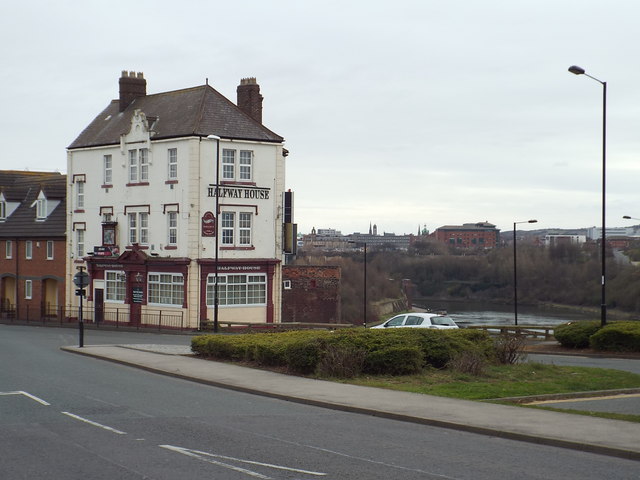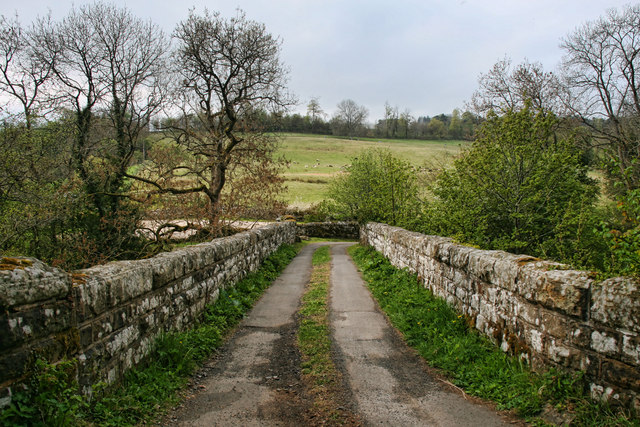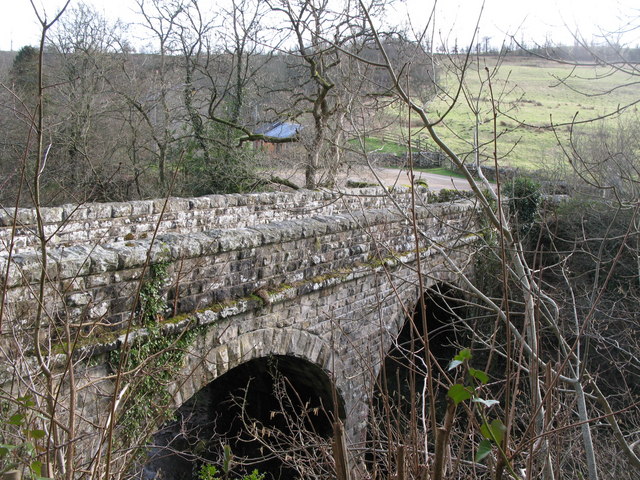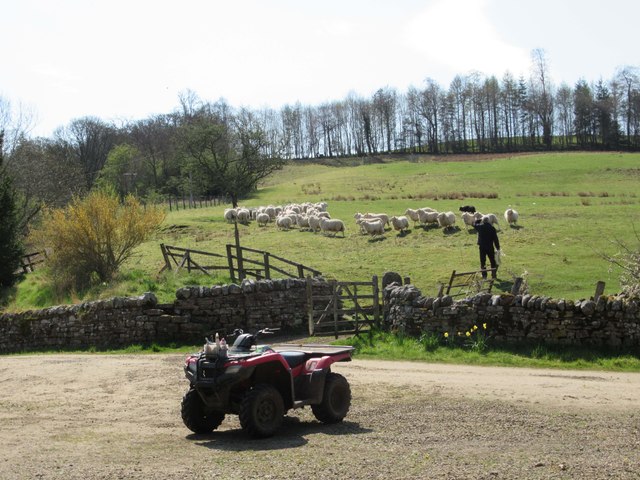Topics > Tyne and Wear > Sunderland > Deptford > Queen Alexandra Bridge
Queen Alexandra Bridge
The Queen Alexandra Bridge is a road traffic, pedestrian and (former) rail bridge spanning the River Wear in North East England, linking the Deptford and Southwick areas of Sunderland. The steel truss bridge was designed by Charles A. Harrison (a nephew of Robert Stephenson's assistant). It was built by Sir William Arrol between 1907 and 1909 and officially opened by The Earl of Durham, on behalf of Queen Alexandra on June 10, 1909.
In 1899 the North Eastern Railway and the Sunderland Corporation agreed to build the bridge to improve communications across the river and to connect the coalfields of Annfield Plain and Washington with Sunderland's south docks. Before the completion of the bridge, road traffic crossing the river had to use one of two ferries which crossed below near to where the bridge is today. As the bridge was due to be built near to the successful shipyards of the Wear, a clause in the North Eastern Railway Act 1900 required that only one arch span be built over the river to give a clearance of 85 feet above high water level.
The approaches to the bridge were completed in 1907 by the Mitchell Brothers of Glasgow and the bridge proper comprises three 200 foot land spans (weighing 1,000 tons of steel each) and a 300-foot river span (weighing 2,600 tons of steel) and was the heaviest bridge in the United Kingdom at the time. The bridge was built from each side of the river and the two halves came together at noon on 15 October 1908. In all, a total of 8,500 tons of steel, 4,500 tons of granite, 60,000 tons of red sandstone from Dumfries, and 350,000 bricks were used and the cost of completion was £450,000. The bridge also housed gas and water mains and in later years, high voltage electricity cables and a pumped rising-main for sewage.
About six million tons of coal passed over the upper-deck annually for export but the trade rapidly declined at the end of the 1910s. For the last few years only one train per day passed over the bridge. The last goods train ran over in 1921, but the lower-deck continues as a valuable road link. In the Second World War, the upper-deck was used as a searchlight and anti-aircraft platform. The railway and decking at each end of the bridge were finally removed near to the end of the 20th century. A large free standing brick and stone viaduct fragment remains on the north side of the Bridge.
From 21 March 2005, the bridge had been restricted to southbound traffic whilst repainting and repair work was carried out on the 96-year-old structure, which was due to take almost a year to complete. It reopened for both lanes of traffic on 12 October 2006, having been partly closed for 18 months and costing £6.3m in repairs.
Visit the page: Queen Alexandra Bridge for references and further details. You can contribute to this article on Wikipedia.

from https://historicengland.org.u…
QUEEN ALEXANDRA BRIDGE - Sunderland - List Entry
- "Double deck road/rail bridge, with approach rail viaduct to N, over River Wear. 1907-9. Designed by Charles A Harrison. For the North Eastern Railway and Sunderland Corporation. Approaches (completed 1907) …
Added by
Simon Cotterill
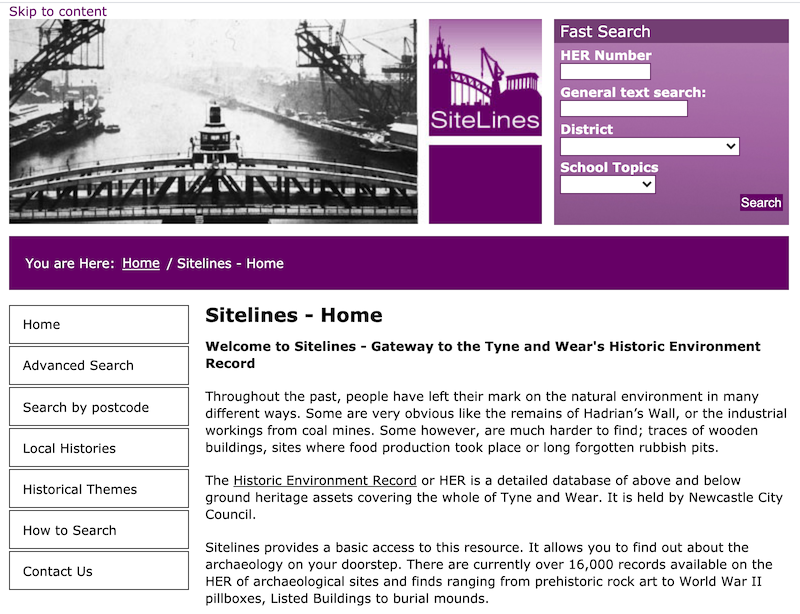
from https://sitelines.newcastle.g…
Tyne and Wear HER(1712): Sunderland, Queen Alexandra Bridge
- "Designed by Charles A Harrison and constructed by Sir William Arrol & Co, builders of the Forth Rail Bridge. The purpose of the rail bridge was to connect the coalfields …
Added by
Simon Cotterill

from Youtube (youtube)
Dji Sunderland Drone Footage,Ropery,Queen Alexandera Bridge
Pinned by Simon Cotterill
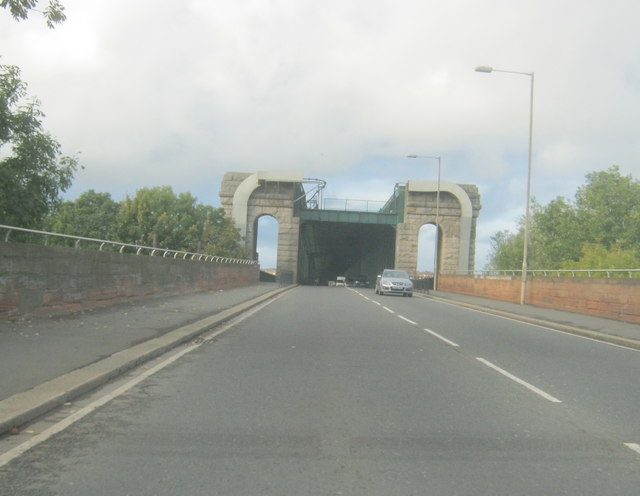
from Geograph (geograph)
A1231 approaching Queen Alexandra Bridge from the south
Pinned by Peter Smith


from https://historicengland.org.u…
QUEEN ALEXANDRA BRIDGE - Sunderland - List Entry
- "Double deck road/rail bridge, with approach rail viaduct to N, over River Wear. 1907-9. Designed by Charles A Harrison. For the North Eastern Railway and Sunderland Corporation. Approaches (completed 1907) …
Added by
Simon Cotterill

from https://sitelines.newcastle.g…
Tyne and Wear HER(1712): Sunderland, Queen Alexandra Bridge
- "Designed by Charles A Harrison and constructed by Sir William Arrol & Co, builders of the Forth Rail Bridge. The purpose of the rail bridge was to connect the coalfields …
Added by
Simon Cotterill

from Youtube (youtube)
Dji Sunderland Drone Footage,Ropery,Queen Alexandera Bridge
Pinned by Simon Cotterill

from Geograph (geograph)
A1231 approaching Queen Alexandra Bridge from the south
Pinned by Peter Smith
Tyne & Wear HER: 1712
List grade: 2
Grid ref: NZ3818257842
Wikipedia: Queen Alexandra Bri…
Borough: Sunderland


